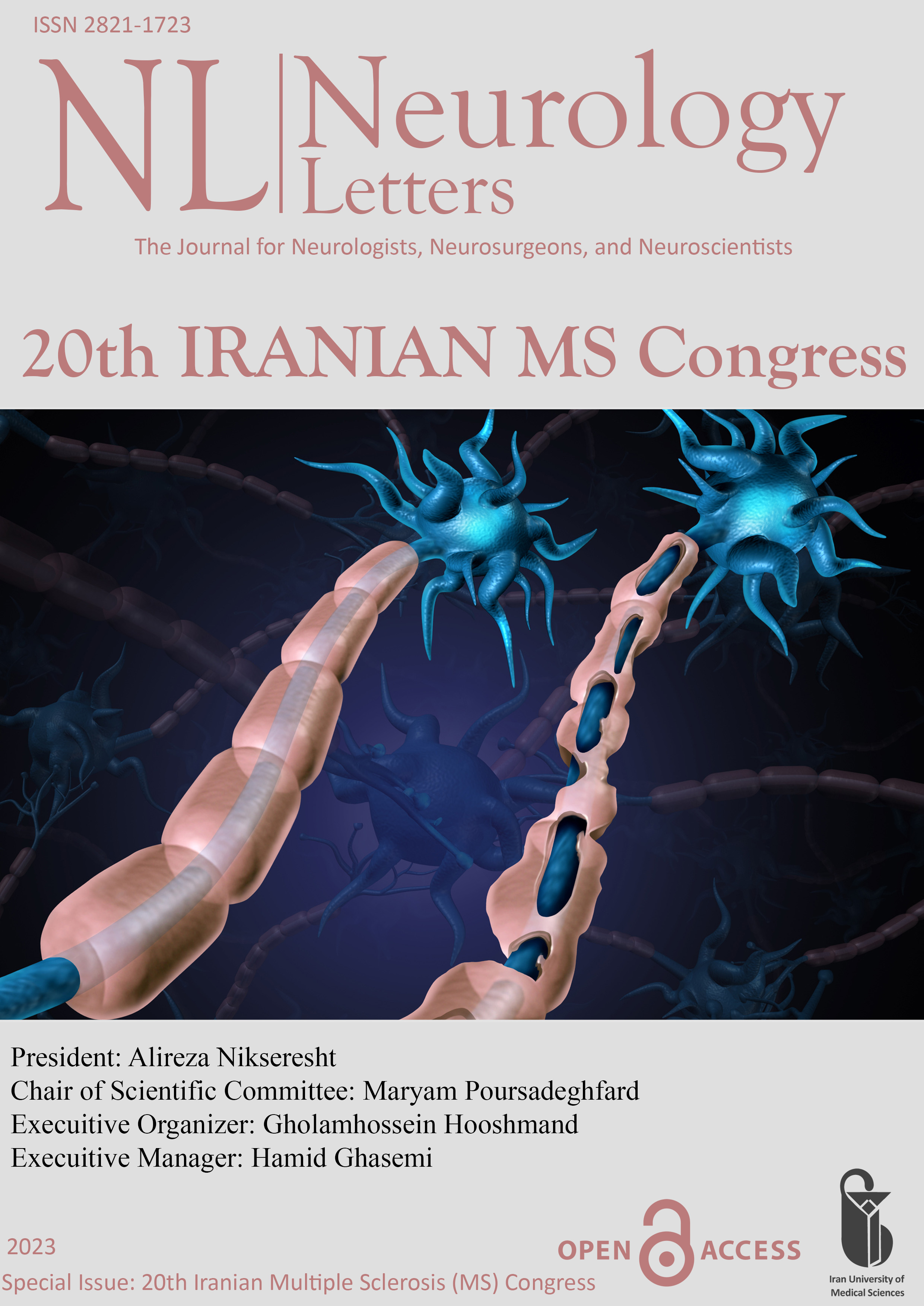Patient monitoring during treatment with natalizumab (ORP-24)
Document Type : Oral Presentation
Author
Multiple sclerosis research center, Neuroscience institute, Tehran University of medical sciences, Tehran, Iran
Abstract
Natalizumab (Tysabri), a recombinant humanized monoclonal antibody selective for α4- integrin, is indicated for CIS, RRMS, and active SPMS in adults. Baseline and routine evaluation of patients who receive natalizumab is essential because of the association of natalizumab with progressive multifocal leukoencephalopathy (PML), an opportunistic infection caused by the JC virus.
Three major factors have been associated with increased risk of the development of PML in MS patients treated with natalizumab. (1) The presence of JCV antibodies (2) prior immunosuppression and (3) duration of therapy especially beyond 2 years. Patients who have all three of these risk factors should be closely monitored clinically and radiologically for potential signs and symptoms of PML during natalizumab treatment and for 6 months post-treatment.
It is recommended to monitor JCV serostatus and anti-JCV antibody index levels in all patients being assessed for natalizumab treatment before initiating treatment (or around the time of, in highly active disease) and in the regular intervals during natalizumab therapy.
Also, MRI monitoring should be performed regularly for early detection of PML in a pre-symptomatic state and in the context of new neurological symptoms or unexpected clinical worsening. However, extended interval dosing (EID) of natalizumab treatment (Q6 weeks) has been shown comparable efficacy as the standard interval dosing (Q 4 weeks), with minimizing the risk of PML.
In general, an individualized approach to patient selection and subsequent monitoring of natalizumab treatment outcomes and risk factors for PML is key to optimizing the benefit-risk ratio of this high-efficacy therapy for RRMS.
Keywords
 Neurology Letters
Neurology Letters
